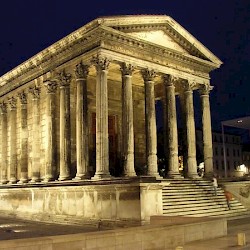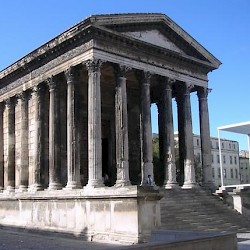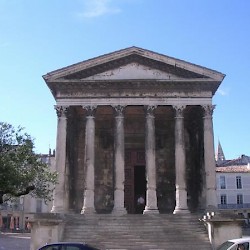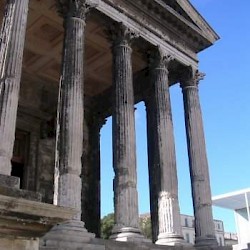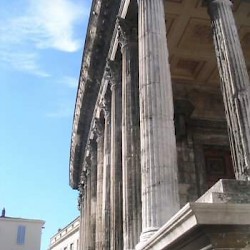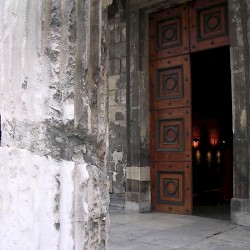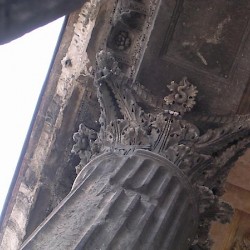Nemausus (Nîmes), Maison Carrée
Q677659Nemausus (Νέμαυσος): Roman city in southern France, modern Nîmes.
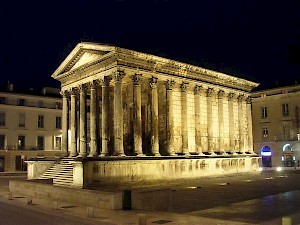
The Maison Carrée in Nîmes is one of the best-preserved monuments from the ancient world. The podium measures 25 x 12 meters. It was probably built by Marcus Vipsanius Agrippa, a close friend and son-in-law of the emperor Augustus, in 20 BCE. It is what specialists call a pseudoperipteros temple with six Corinthian columns in front. This was a common type of temple in the Latin part of the Roman world, although examples are known from the east as well (e.g., the Temple of the Muses in Baalbek).
Originally dedicated to the emperor's protective spirit and the goddess Roma (genius Augusti et dea Roma), it was later rededicated to Gaius and Lucius, the sons of Agrippa and Augustus' daughter Julia, who were patrons of the colonia. Still later, the temple may have been became a sanctuary for Roma and Augustus again.
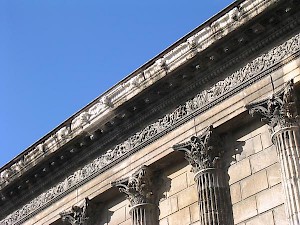
The cult was in the hands of the augustales; typically these priests were former slaves, but they could be rich and pay the expenses related to this office. If the freedmen performed well as augustales, their sons could try to obtain more prestigious offices.
The Maison Carrée was later used as part of the palace of the Visigothic kings, who took over Gaul in the fifth century. It has always been known as a splendid example of Roman architecture and was admired by later generations. The American statesman Thomas Jefferson made drawings of it, and used them when he designed the state capitol of Virginia in Richmond.
